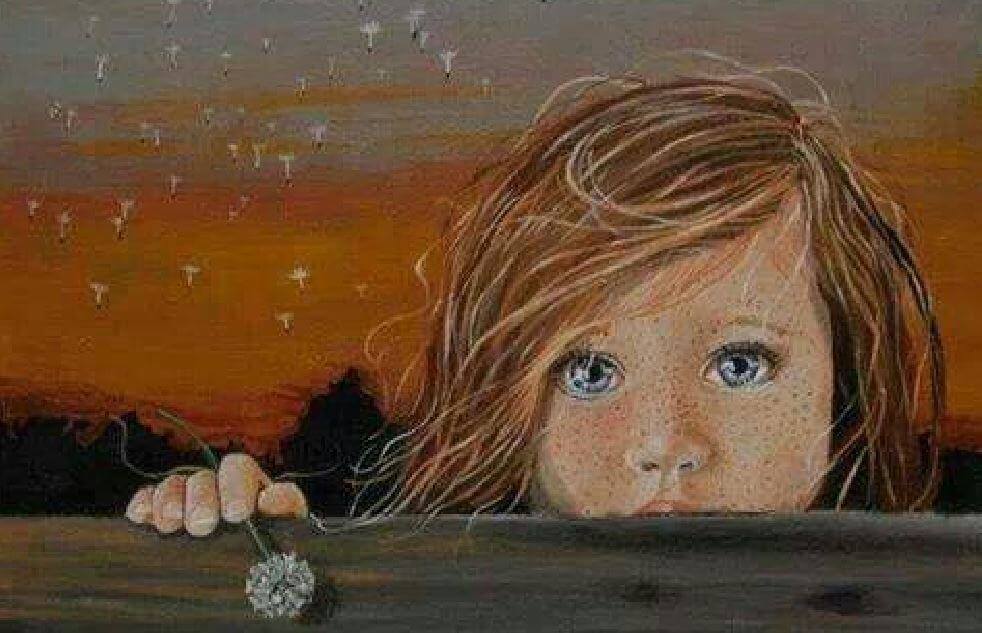Childhood depression is little known, but it exists; sad children who cry, don’t smile, get constantly bored and don’t like life; children who live drowned in anguish. Children who see their innocence persecuted by the terrible monster of depression.
Because the truth is that there are children lost in deep sadness, children who cannot smile because reality has stopped their innocence, this does not seem real because the image we have of childhood is that children are all smiling, happy and playful.
- The depressed child has an internal dialogue rarely perceptible to himself.
- Some of the questions that may arise are: How can I force myself to be good?Why do people insist I smile.
- Play.
- Don’t cry or don’t bother me?Why can’t I stop feeling irritated?Am I different and I’m not worth my effort?.
Childhood depression exists and there are several signs that can help us sound the alarm that something is wrong with our little ones’ inner emotional lives. Some of its symptoms are similar to those of adults; for example, constant sadness or declining academic performance (comparable to poor job performance among adults).
However, a distinctive feature is that in childhood depression, we often encounter aggression and irritability or physical complaints such as stomach, headache, muscle, etc.
We can also observe how sadness changes motivation, the desire to play and do different things. We can also see how the child does not eat, does not sleep well or suffers a general lack of energy.
A child with child depression may not be able to concentrate, think, or make decisions. In addition, thoughts or ideas of death, plans, and suicide attempts may arise.
If 5 or more symptoms of the above are observed, the specialist is likely to diagnose childhood depression, however, it should be noted that some states of apathy, decay or sadness are perfectly normal.
In addition, we must respect with caution the sadness or apathy of a child, because if we insist that he is happy without understanding the origin of his sadness, we propose an erroneous educational standard, that is, we will convey that sadness, frustration. or boredom is not normal and therefore there is no need to feel them.
So, let’s think about what it does to a child or an adult. Isn’t it normal to be sad about a loss, isn’t it normal for us all to get angry at some point in our lives, aren’t these emotional states useful for achieving certain things?
Some motor agitation may also be present in a depressed child, known as restless depression. The child can’t sit down and the seat seems to be on fire. Do you twist your hands, move constantly, drum with your fingers?
Looks like he’s got a battery that never runs out. This condition should not be confused with hyperactivity. That’s why it’s always critical that the child is observed by professionals so they can identify symptoms and make the right diagnosis.
The opposite of restless depression can be seen in apathetic depression. Our little one thinks, talks and moves in slow motion. You can’t talk to him and you have to constantly repeat the questions to understand. The topics you talk about are un varied and remain silent and motionless for a long time.
Another clue can be given by the concept of itself and low self-esteem. Sometimes the child thinks it’s useless and has a “factory defect. “You can even say aloud that it is useless and exalt your mistakes by unduly attributing your qualities.
Francisco Xavier Méndez, excellent Spanish child psychologist, proposes in his book “The Child Who Does Not Smile” a set of ideas to foster smile and joy in children affected by constant sadness.
However, if you regularly notice any of the above symptoms, it’s important to consult a specialist to evaluate and work on the various aspects discussed to highlight each child’s fantastic smile on his or her face and heart.

